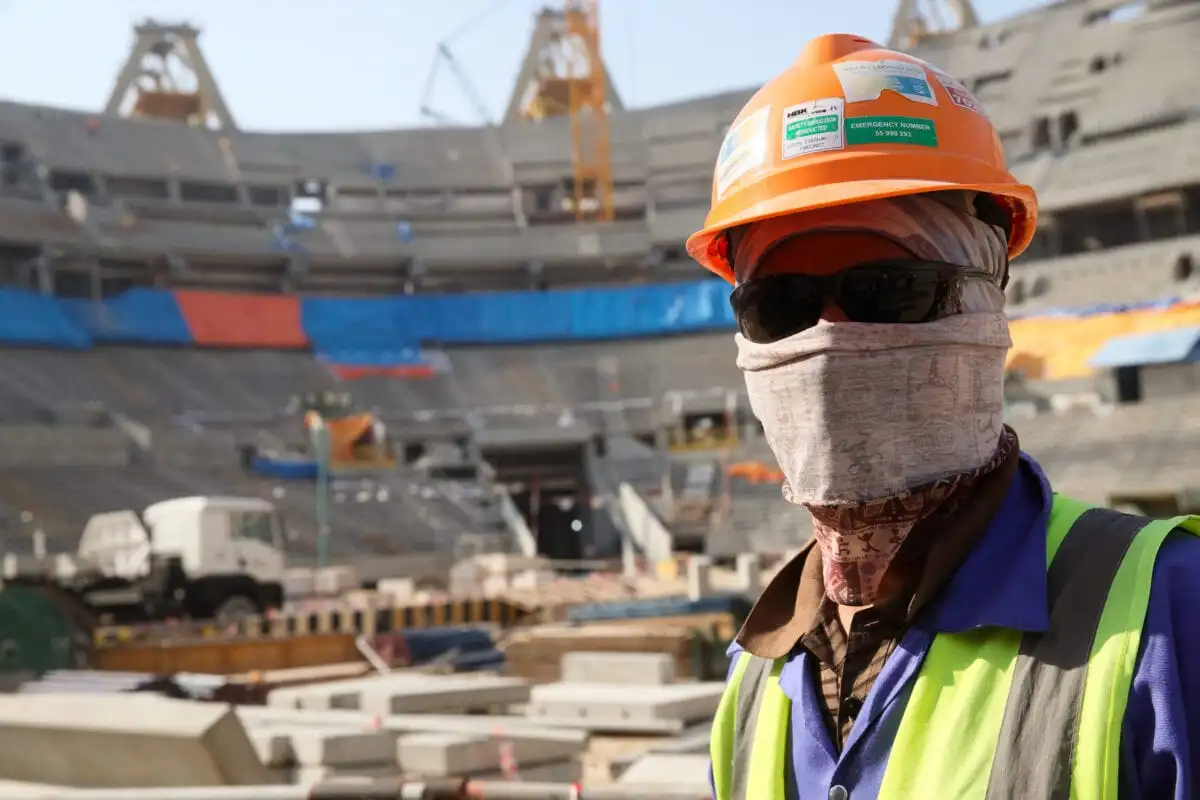On Tuesday 23 April 2024, the Emir of Qatar visited Dhaka where he signed a memorandum to improve the rights of Bangladeshi migrant workers in Qatar. The document states that there will be a joint working group to tackle labour rights issues. Bangladeshi migrant workers in Qatar are mostly in the construction sector and constitute a large part of the migrant labour force. Therefore, Qatar’s new pact to improve the rights of Bangladeshi migrants is an important step forward.
Qatar is notorious for violating the human rights of migrant workers. Qatar’s World Cup in 2022 brought numerous international concerns about the abysmal working conditions and poor pay of the migrants. The concerns lasted long after the World Cup due to Qatar’s inaction towards promoting the rights of migrants. As a result, this memorandum was created to partly address these concerns. The Migration Program and Youth Initiatives of BRAC, Bangladesh’s largest development organisation, welcomed this agreement because of the transgressions they witnessed at the World Cup.
In March 2024, the International Labour Organization (ILO) extended its four-year programme to strengthen labour reforms with the government of Qatar. However, there were criticisms that the country’s labour reforms, such as those proposed under this programme, often do not apply to migrant worker rights. Therefore, this new pact is an initial step to deal with previous dismissals of migrant workers, but scepticism about its effectiveness remains strong. With previous reforms and agreements not creating substantial improvements, will this new pact be enough?
The memorandum gives more weight to upskilling Bangladeshi migrant workers than improving their working conditions. This may lead to a further divide in the migrant population whereby those more skilled will be more protected and have better working conditions while the low-skilled migrants remain in the same precarious conditions. This pact appears to focus more on tightening the diplomatic ties between the countries rather than genuinely helping migrant workers.
Although there was a commitment by both countries that they would “sit together and solve the issues amicably”, there is no concrete monitoring system foreseen. Given that if issues arise the migrant workers will have to rely on the two states agreeing and finalising decisions together, there is a substantial and even likely risk that diplomatic and political relations will overshadow the discussions on migrant rights. As a result, this memorandum may not be as impactful as advertised.
While working groups have appreciated Qatar’s bilateral agreement with Bangladesh, it is not substantial enough to make concrete changes to the migrant workers’ conditions in Qatar. Human Rights Watch had urged Qatar to prioritise migration rights during the Emir’s visit to Bangladesh and Nepal. Despite there being 400,000 Nepali migrant workers in Qatar, no labour pact was signed as the two sides could not agree on the terms. This indicates that the conditions of migrant workers in Qatar are precarious, and their improvement relies heavily on Qatar’s ability to form diplomatic relations, rather than on national and international legislation.
Qatar needs to work towards creating multilateral pacts to promote the human rights of all its migrant workers. Given that Nepal, like Bangladesh, has a large migrant population in Qatar, the two countries should work together to find an agreement. In addition, Qatar must ratify the International Convention on the Protection of the Rights of All Migrant Workers and Members of Their Families to ensure the treatment of migrants meets international standards.

